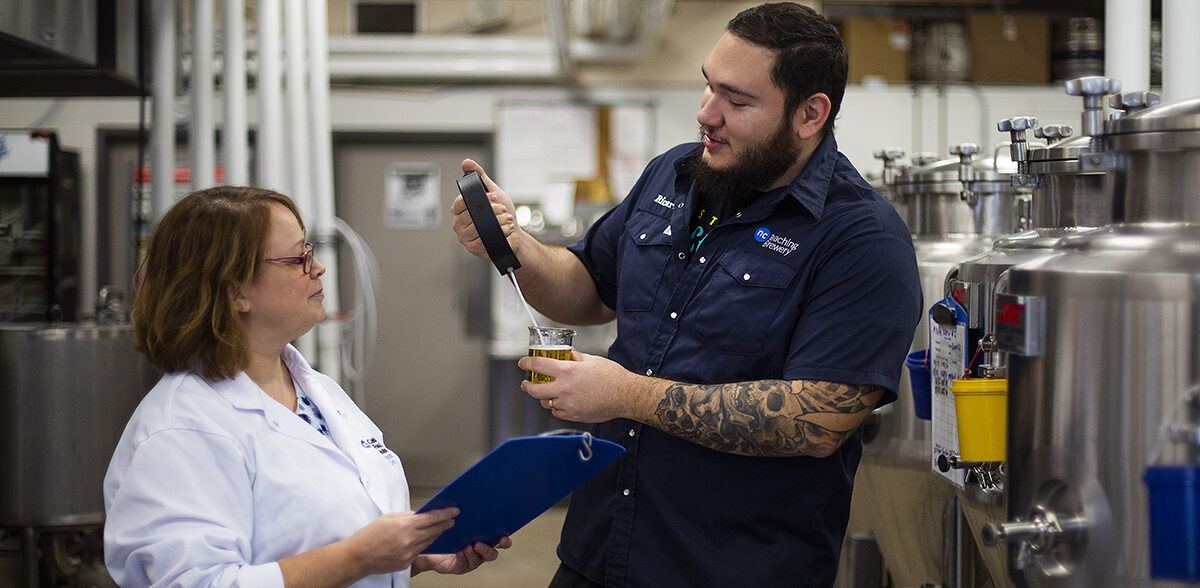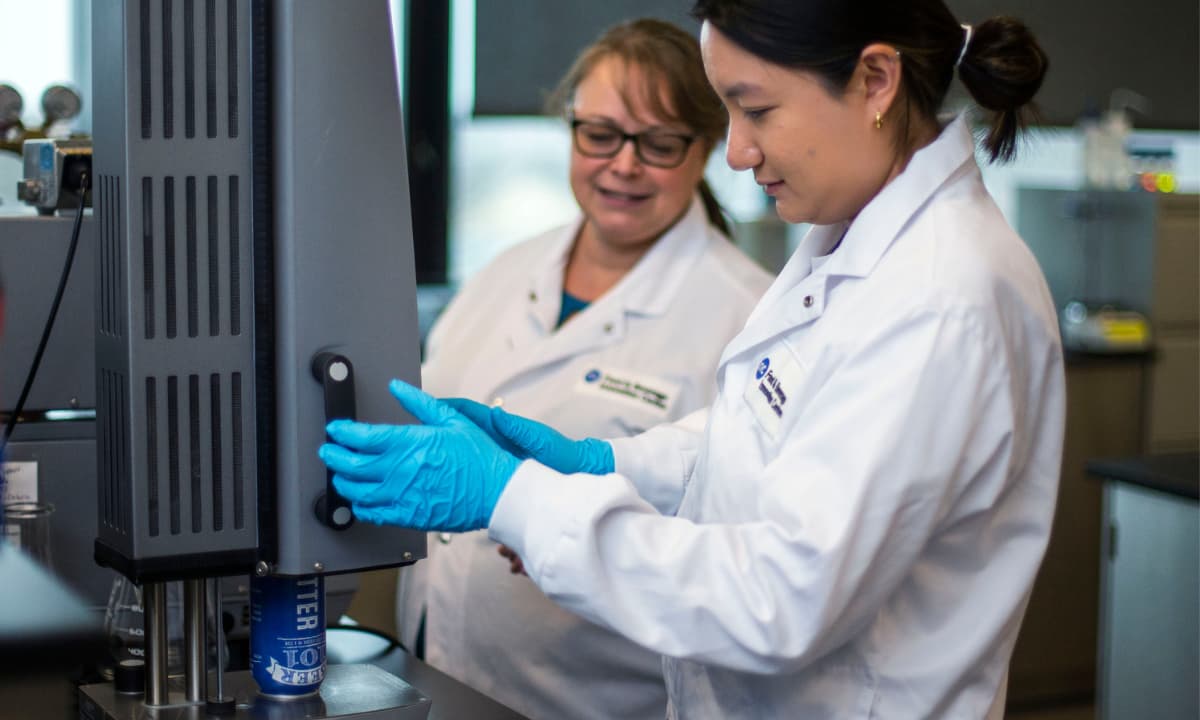NC’s HESIC team previously had limited space within the College’s academically-focused Teaching Greenhouse – a living lab for NC’s School of Environment and Horticulture.
Now, with 1,260-square metres of new dedicated applied research space on campus, HESIC has significantly branched out its capacity and capabilities.
The new HESIC Greenhouse was designed to closely replicate a professional growing environment at a smaller, more controlled scale, enabling college researchers to test novel technologies and production practices, and provide validated data that helps bridge the gap between concept and commercial success for growers.
Five individually contained bays with separate temperature and lighting controls allow for the simultaneous testing of diverse conditions. The bays are equipped with spectrum-adjustable LEDs and high-pressure sodium lighting systems to mimic natural or controlled lighting.
The facility also features advanced hydroponic setups, including Ebb and Flood Tables for efficient nutrient delivery and Nutrient Film Technique Systems for maximizing oxygenation at the root zone, as well as a dedicated Highwire Bay for optimizing the vertical growth of vine crops like tomatoes and cucumbers.
For highly accurate research, it includes a Vertical Grow Room with Hoogendoorn climate controls and a Conviron Gen 2000 growth chamber for small-scale tissue culture work. Researchers can track plant performance with precision, ensuring that every trial delivers validated data, with tools like the Phenospex Trailfinder, which scans to measure plant parameters like growth and health, and DroughtSpotter scales, which allows for highly precise irrigation, paving the way for potential drought stress testing.
Representatives from the industry applauded the new facility.
“This cutting-edge greenhouse will drive innovation across the Canadian horticultural sector while providing hands-on research and learning opportunities that prepare the next generation of industry leaders,” said Rodney Bierhuizen, President of Flowers Canada (Ontario) and Niagara Greenhouse Growers Committee member.
Chair of Niagara Greenhouse Growers Committee John Boekestyn called the HESIC Greenhouse, “an important step forward for Niagara’s greenhouse sector.”
“By combining research excellence with real-world industry collaboration, this new facility will help local growers adopt new technologies, improve efficiency, and strengthen Niagara’s leadership in the greenhouse sector in Canada,” said Boekestyn. “We’re proud to see Niagara College investing in innovation that directly supports growers and the future of agriculture across the region.”
A significant variety trial is already underway at the HESIC Greenhouse, focusing on more than 50 different pepper varieties, where researchers are comparing performance metrics, including yield and quality, and actively investigating the peppers’ resistance and performance when infected with the Fusarium pathogen. With the first phase nearing completion, the second phase, with new plants, is scheduled to begin in December.







